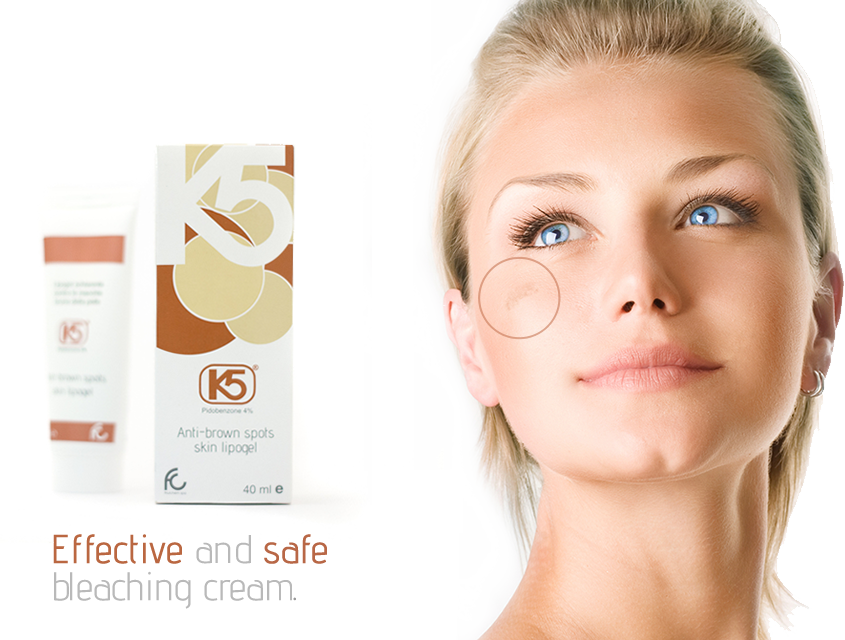The skin is the wrapping that covers our entire body and protects the tissue beneath it.
The structure
The skin consists of the epidermis, the dermis and the hypodermis.
- The epidermis is the outermost layer of the skin and is subdivided into the stratum basale, stratum spinosum, stratum granulosum and stratum corneum. The staratum basale is important because it connects the epidermis to the dermis via the dermo-epidermal junction made of a basale membrane. The latter has the fundamental task of allowing the exchange of oxygen and metabolites necessary for the survival of the epidermis, which is not vascularised. It is in the stratum basale layer that keratinocytes and melanocytes are found. The melanocytes produce melanin which is absorbed by the keratinocytes. Cells are continuously renewed in the epidermis, with new cells migrating to the outer layers to replace the dead cells.
- The dermis lies below the epidermis; it is vascularised and permits the distribution of the metabolites and oxygen from the blood to the skin. The abundance of collagen and elastin fibres in this layer gives the skin its elasticity and strength. This helps to render the skin capable of absorbing mechanical trauma.
- The hypodermis is the deepest layer of the skin and connects the dermis to the underlying tissues, thus allowing the adhesion to our inner body.
Physiological function of the skin
The skin has the important role of mediator between the human body and the outside world. This is expressed
through different functions:
- PROTECTION: It is a barrier and the body's first line of defence against potential external aggression.
- SENSIBILITY: Provides tactile and thermal information as well as pain thanks to the multitudinous nerve endings
- SECRETION and EVAPORATION: sweating, for example, allows excess heat to be vented. At the same time the skin is a barrier against excessive loss of liquids.
- THERMOREGULATION: Regulates body temperature via increased blood flow.
- EXCRETION: Allows the elimination of water and waste substances when necessary.
- SYNTHESIS and RESERVES: It stores lipids and water and allows the synthesis of substances such as melanin.
It is important to know your skin and protect it so that it can perform all of its duties efficiently


